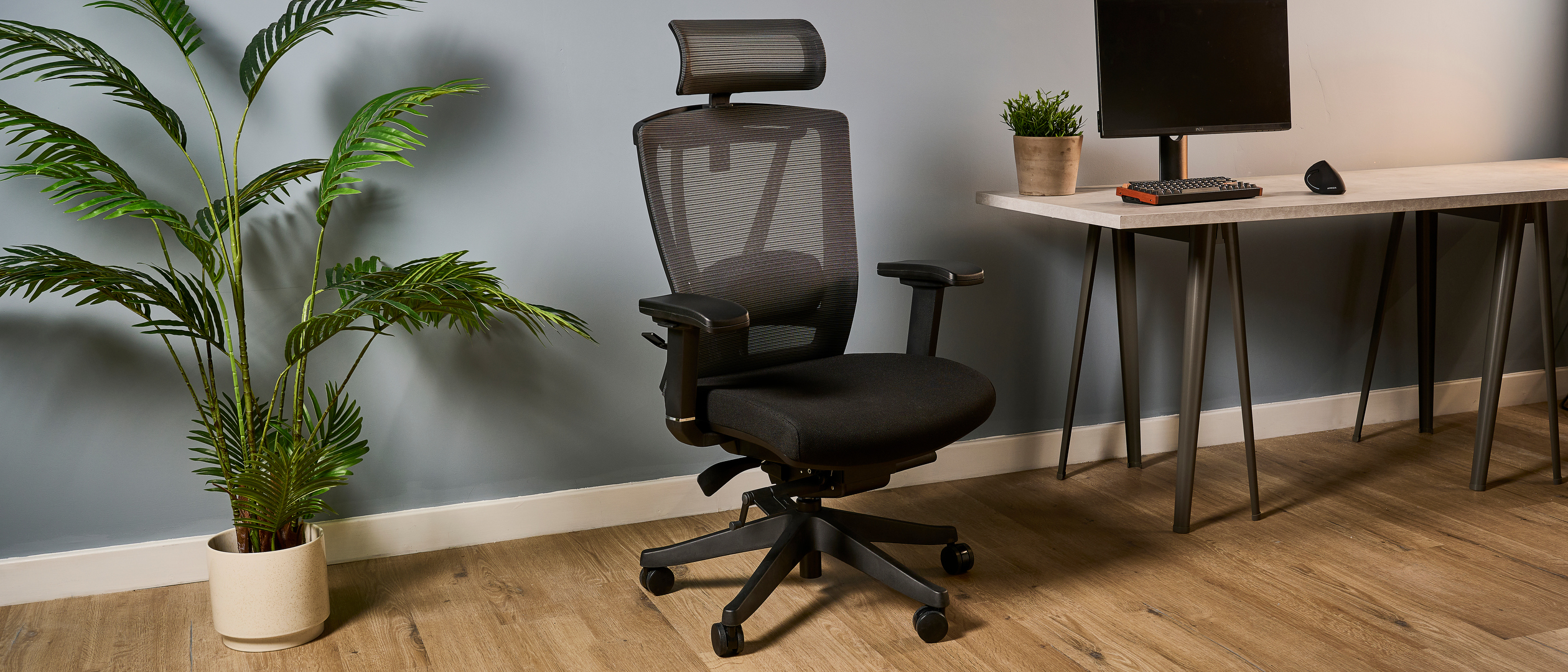Tom's Guide Verdict
The Autonomous ErgoChair Pro is a fantastic chair to prevent or soothe minor pain and correct posture. Its mesh back and neck padding is very comfy, and lumbar support is great. There’s also a high level of adjustability. The arm rests and the seat cushion aren’t well padded though, while the lack of specialized ergonomic shaping means this won’t be one for many chronic pain sufferers. It won’t be the best for very tall users either, and we also experienced some QC issues when assembling.
Pros
- +
Highly adjustable
- +
Very comfortable mesh design
- +
Decent lumbar support
- +
Easy to assemble
- +
Clear assembly instructions
Cons
- -
Some QC issues
- -
Arm and seat padding thin
- -
Not the best for taller users
Why you can trust Tom's Guide
The Autonomous ErgoChair Pro is, as the name suggests, an ergonomic office chair designed for the home office or workplace. It sits in the middle of Autonomous’ ErgoChair lineup, positioned just above the slightly cheaper ErgoChair Core and below the more expensive ErgoChair Plus.
The ErgoChair Pro features a mesh back and headrest design, and comes with plenty of adjustability, including a 5-position lockable recline. It’ll suit general office users, to help them keep a correct posture and prevent pain from occurring. In that regard, it’s a great chair with only a few small drawbacks.
To find out if this is one of the best office chairs for you, read our full Autonomous ErgoChair Pro review.
Autonomous ErgoChair Pro review: Cheat sheet
- What is it? A mid-range ergonomic office chair designed for home office or workplace use
- How much does it cost? $499 / £478 at Amazon
- Is it comfortable? For most people, it will be super comfortable and offer great support
- “Most people”? If you already have chronic issues, particularly with your coccyx, lower back or elbows, you may want something more specialized
Autonomous ErgoChair Pro review: Specs
| Price | $499 / £478 |
| Max supported weight | 300lbs (136kg) |
| Recline | Yes, 5 lockable positions |
| Headrest | Yes, adjustable |
| Armrests | Yes, adjustable |
| Lumbar support | Yes, adjustable |
| Dimensions | 46-50 x 29 x 29 inches |
Autonomous ErgoChair Pro review: The ups
The Autonomous ErgoChair Pro isn’t the cheapest, but it does a lot to justify its price. It’s easy to assemble and comes with clear instructions and all the tools necessary, plus some spare nuts, bolts and washers. Most importantly, it’s comfortable and offers high levels of adjustment.
Packaging & assembly
The ErgoChair Pro arrived at our office very securely packaged, with two outer boxes stapled together and plenty of insulation to keep parts safe.
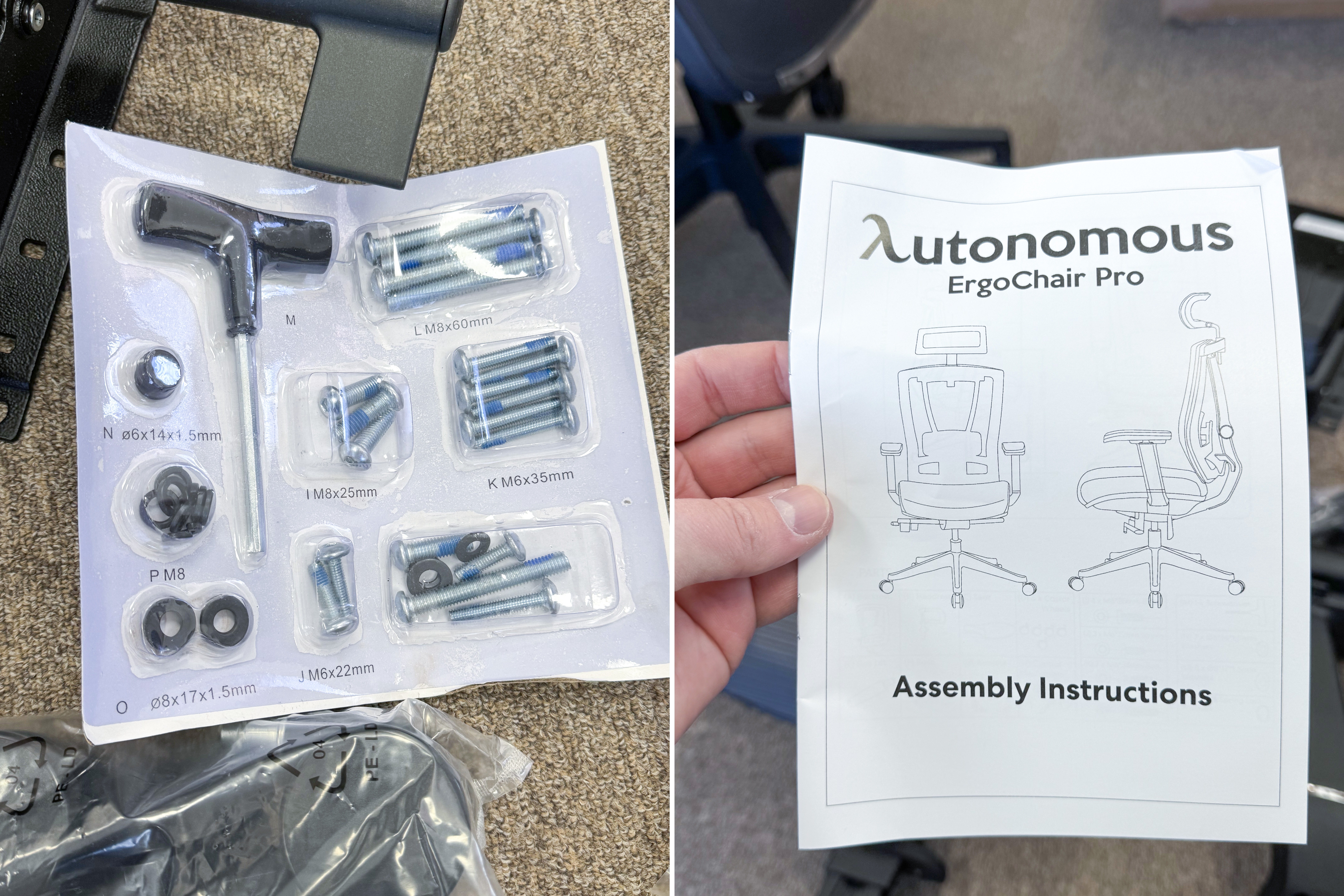
All of the component parts were listed in the instruction booklet, with the parts labeled to make tallying up easy. All bolts and washers were separated in their own compartments and clearly labeled. A multi-tool was supplied so you don’t need any tools of your own. I liked that Autonomous also provided a spare set of each bolt and washer, so even if you’re missing or lose a part, there’s a spare. That said, no parts were missing for me.
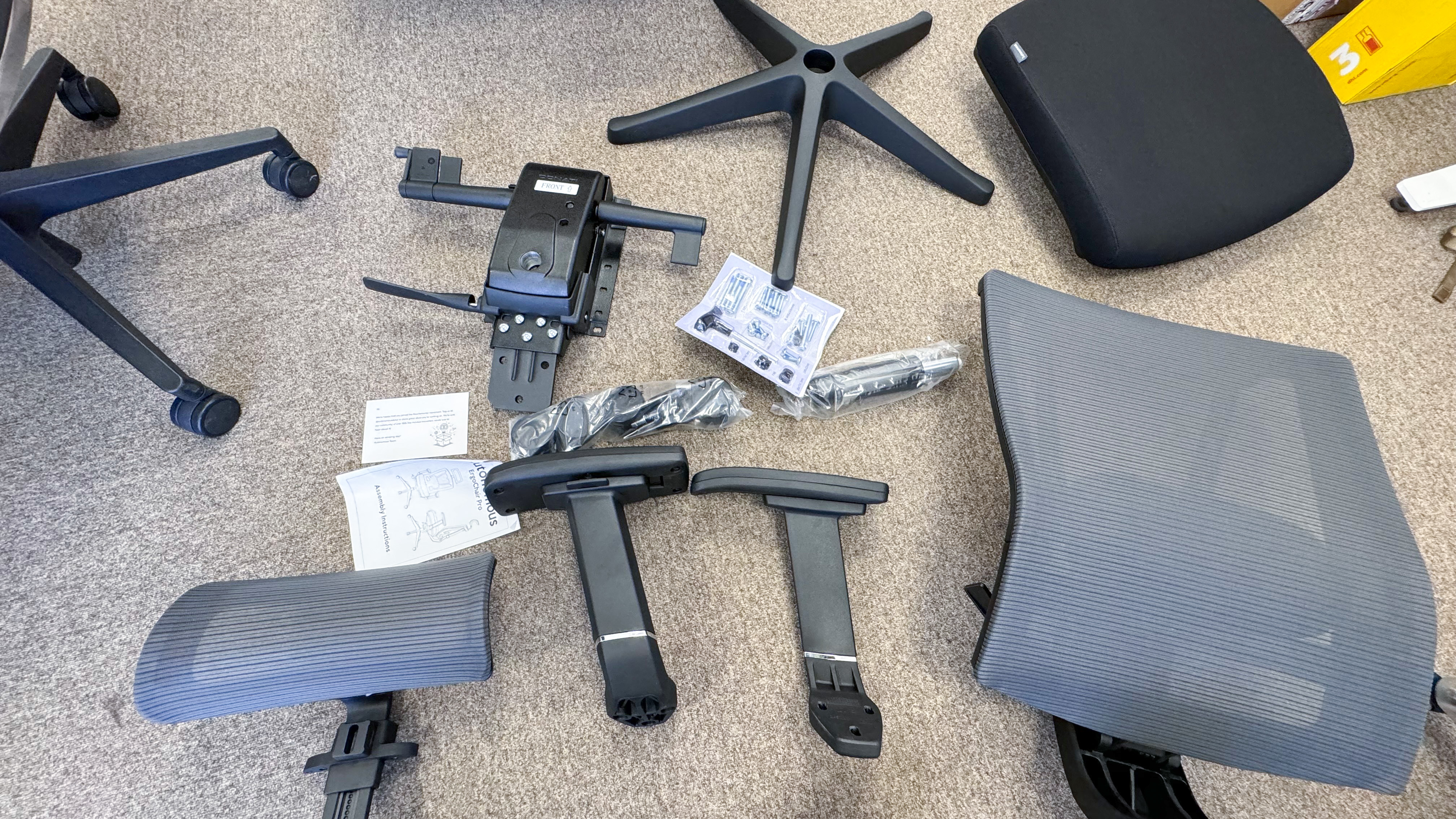
Once I’d got all the parts laid out, assembly was mostly very easy (we had a slight hiccup which we’ll cover later) and the supplied instructions were very clear. Autonomous also hasassembly instructions on their website if you misplace the original booklet and need to un- or reassemble later down the line. Construction took around 20-30 minutes.
Get instant access to breaking news, the hottest reviews, great deals and helpful tips.
Size and adjustability
The ErgoChair Pro should suit small to moderately tall users. I am 5’ 11” and have no problems with the head rest sitting comfortably around the top of my neck. Using my coccyx cushion, the height- and tilt-adjustable headrest is at its maximum height and is just passable, although a little higher would be perfect. As such, this chair probably won’t be comfortable for larger users who are well over 6’, although it does support weights up to 300lbs.
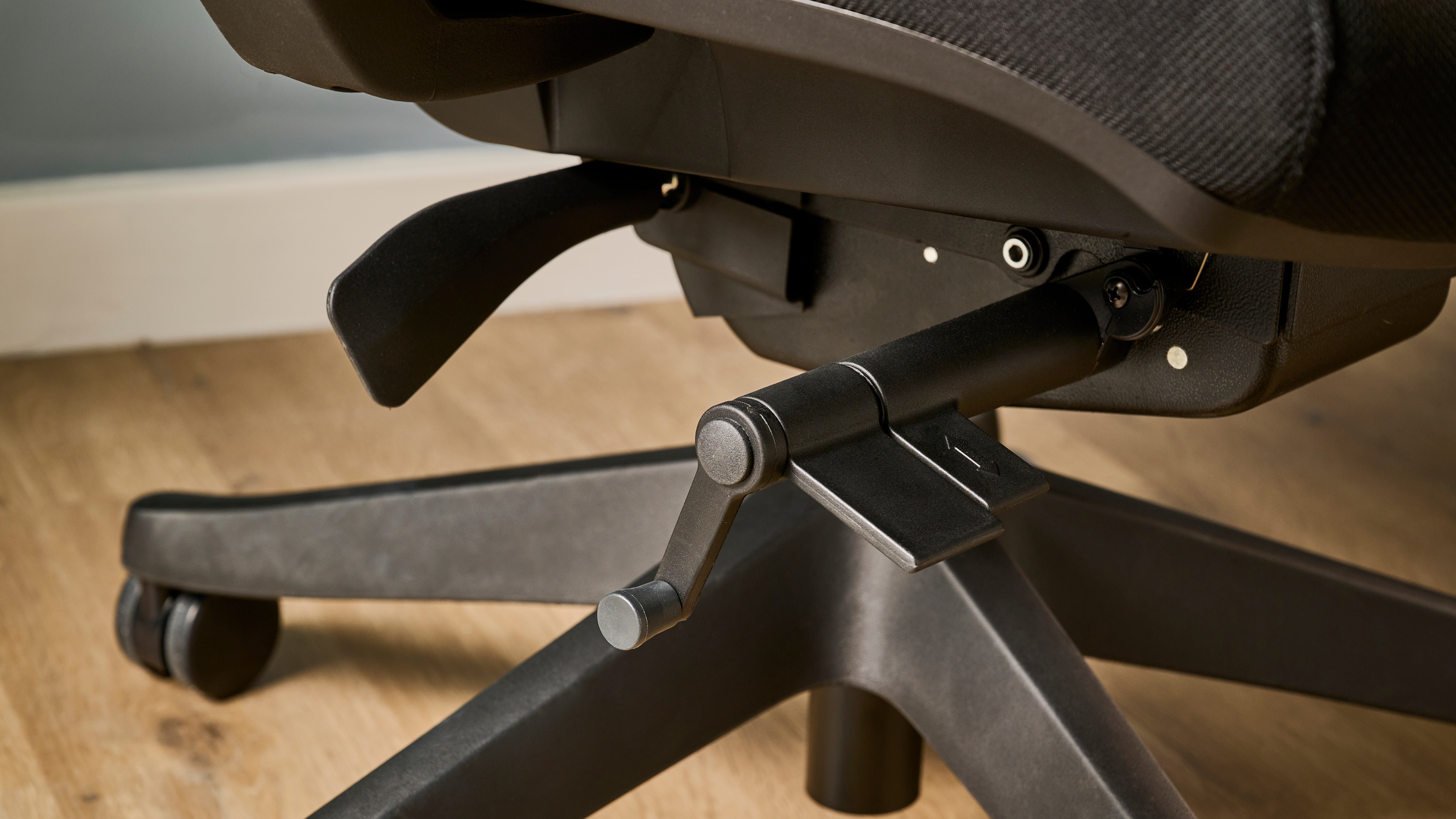
The armrests adjust in several ways. You can choose the width as you build, they are height adjustable and can also be slid forward and backward to achieve a comfortable position and/or fit around your particular desk layout. The seat base pans up to 2.3 inches forward or backwards to accommodate different upper leg lengths for the most comfortable seat depth. There’s also a handle that allows you to flip between a flat seat base position, or a tilted forward one, if that’s more comfortable.
Lumbar support is adjustable upwards and downwards, and can be locked into place or unlocked, which allows the frame and lumbar cushion to pivot very slightly without fully reclining. I leave mine locked as I have back issues and the locked lumbar support keeps me from slouching and making the pain worse.

The seat base is height adjustable, although the height adjustment range is quite small. The maximum height feels a little too low for me. My coccyx cushion pushes my sitting height up an extra inch or so, which makes it bearable. Again, though, if you’re a taller user I’m not sure you’ll be totally comfortable on this chair. I use a footrest to position my legs forward, so the low maximum height hasn’t bothered me too much in daily use.
The seat back reclines at the pull of a lever and can be locked at five different angles or be left to recline freely. There’s also a rotating handle which adjusts the recline tension. I like this feature a lot — if you prefer leaving the chair in free reclining mode but don’t want to be constantly falling backwards, you can set the tension higher to stop that happening.
Support and comfort
The ErgoChair Pro’s mesh back and headrest padding is really comfortable. It provides a good level of spring to keep your back supported when sat upright, but isn’t too firm, allowing you to sink into the chair just enough. The adjustable lumbar support’s thick cushion also stops you sinking too far into the mesh, keeping you in an upright position. This will be a really good chair for preventing poor posture habits developing and even correcting posture or minor back pain.
The mesh and lumbar support are also very comfortable when reclined, and it’s easy to back off the lumbar support a little by unlocking it, which allows the back bracket and lumbar cushion to flex backwards for a more natural reclined position.

The headrest is also covered in springy mesh and again gives a high level of support and comfort to your neck. It would be nice to be able to adjust it forward slightly, but that could encourage shoulder slouching and poorer posture, so I see why it doesn’t.
The armrests are not particularly comfortable, as we’ll touch on slightly later, but I like that they have a concave design, which nestles your arms into the rests and prevents slipping.
Design
While it’s not a particularly good looking chair, the ErgoChair pro is certainly not bad looking or offensive. It definitely feels better suited to an office rather than a home office setup, but of course that will depend on your individual home office setup.
Autonomous ErgoChair Pro review: The downs
There isn’t that much bad to say about the Autonomous ErgoChair Pro. However, we experienced a couple of issues that signal poor quality control, while there are some padding issues that don’t make much sense given how comfortable other parts of the chair proved to be.
Not great for taller users
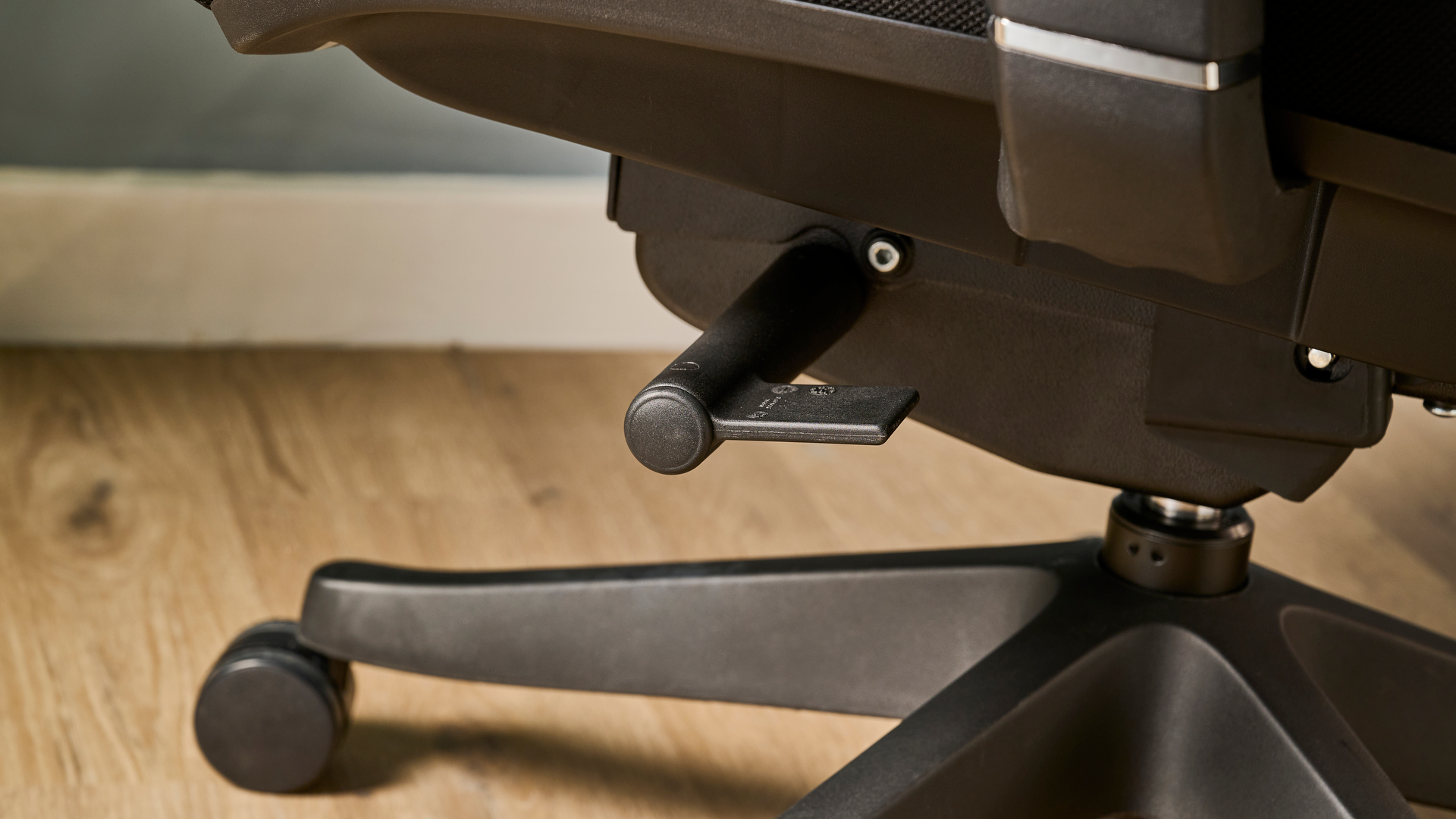
As I alluded to earlier, at 5’11” I’m not especially tall, but I found the chair’s adjustable height range a limited, particularly when I used my coccyx pillow. It was bearable for me, but I doubt taller users will have enough seat height adjustment to be comfortable. The same goes for the adjustable headrest.
Limited padding
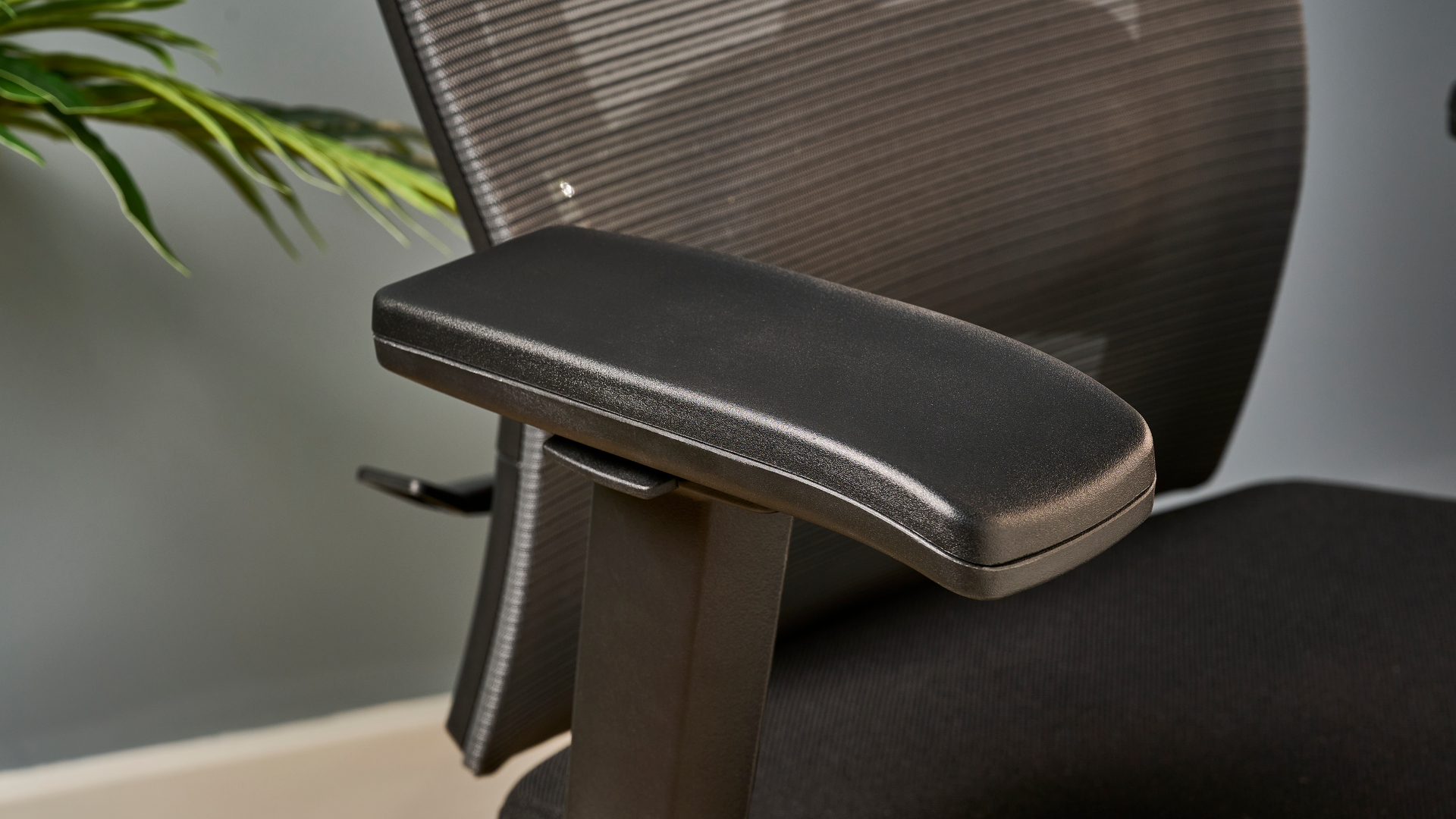
While the mesh padding on the chair’s back and headrest is great, the same can’t be said for the seat base and arms. The seat base has a decent amount of cushioning at the front for leg support, but the rear of the base feels very thin. I suffer from coccyx pain due to a form of immuno-arthritis, and was unable to sit on the chair without a coccyx cushion for more than a few minutes. Even if you don’t have similar pain, though, I can see the thin base cushioning causing discomfort after a longer sitting session. I would suggest using an orthopedic pillow.
The armrests are also rather uncomfortable, featuring very firm foam padding. This isn’t immediately uncomfortable, but I can see it becoming so after extensive use, especially if you have any issues with your elbows.
These were both disappointing given the comfortable seat back and lumbar support, although they may not bother most people as much as chronic pain sufferers and can be easily remedied through purchasing additional padding like these foam arm pads ($25 @ Amazon) and this foam seat cushion ($59 @ Amazon).
Quality Control
Although the assembly was mostly very easy and build quality is generally good, I had a couple of issues that were frustrating during construction and in use. These seem to relate to quality control.
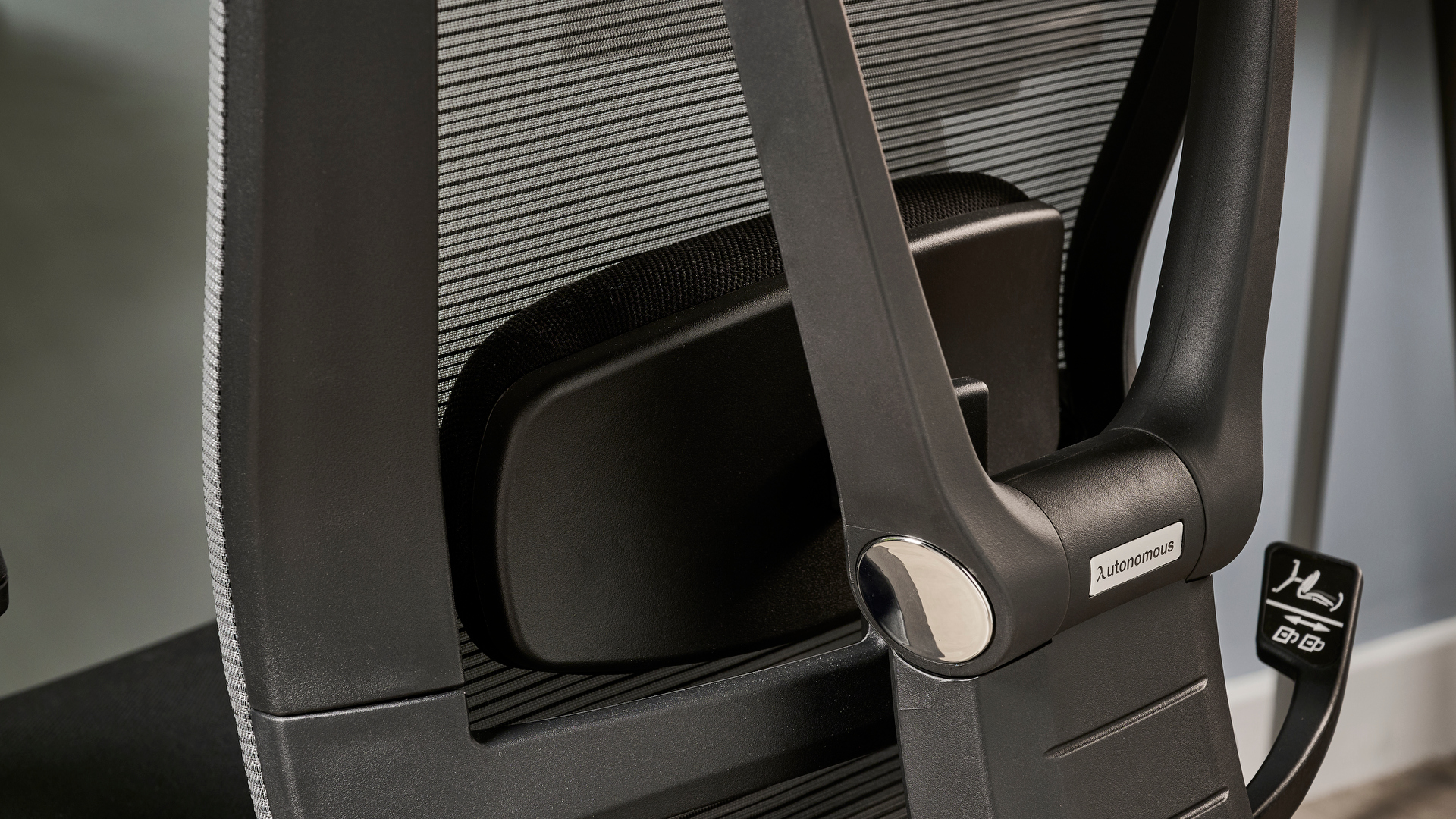
The first issue was during assembly. One of the receiver nuts in the chair base — these accept bolts to secure the armrest — was incorrectly threaded. It was very difficult to get the bolt into the nut and it was equally as stiff to tighten. After trying every single bolt by hand to ensure I wasn’t cross threading bolts or using the wrong ones, I had no choice but to brute force it. This worked and the bolt started to thread through the nut (probably damaging threads), but after a couple of turns the inner nut came free from its housing, making it impossible to tighten or back out the bolt. I’m therefore left with a loose bolt at the base of the armrest. Thankfully, this doesn’t appear to affect the overall stability or support of the armrest.
The other QC issue was with the lumbar support cushion. It sits slightly too loosely in the chair’s back frame, meaning the cushion slips and moves whenever I adjust position slightly or sit my weight back into the chair. It doesn’t ever go too far down, so I can usually live with where it ends up, but it isn’t where I find most comfortable.
Autonomous ErgoChair Pro review: Verdict
The Autonomic ErgoChair Pro is a really decent office chair. It offers great back and upper body support with lots of adjustability for a fair price. Build quality was mostly fine, instructions were clear and assembly was, for the most part, quick and easy. With a couple of specific additions tailored to my personal demands, it’s proving to be a very comfortable and helpful chair for me.

We experienced a couple of minor QC issues, though, and the limited arm and seat padding were disappointing given the comfortable upper body design. It’s also not the best for taller users.
It’s worth noting that the ErgoChair is ergonomic only in the sense that it offers lumbar support and will help with posture. This is as ergonomic as many people will need, but if you suffer from a specific chronic pain condition, you should look for a chair with more specialized ergonomic design features tailored to assist your particular condition, or use some extra padding, like I did. This is not really a negative, just something you should be aware of when buying. This chair is definitely not one to avoid.

Peter is a Senior Editor at Tom's Guide, heading up the site's Reviews team and Cameras section. As a writer, he covers topics including tech, photography, gaming, hardware, motoring and food & drink. Outside of work, he's an avid photographer, specialising in architectural and portrait photography. When he's not snapping away on his beloved Fujifilm camera, he can usually be found telling everyone about his greyhounds, riding his motorcycle, squeezing as many FPS as possible out of PC games, and perfecting his espresso shots.
